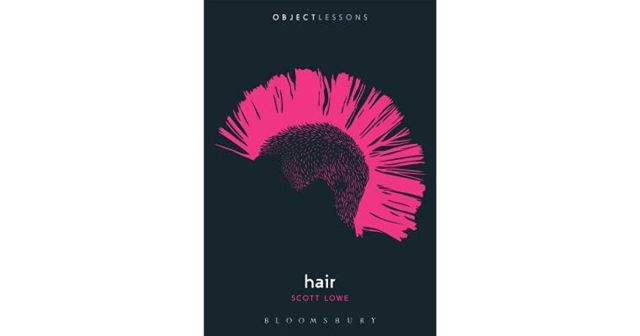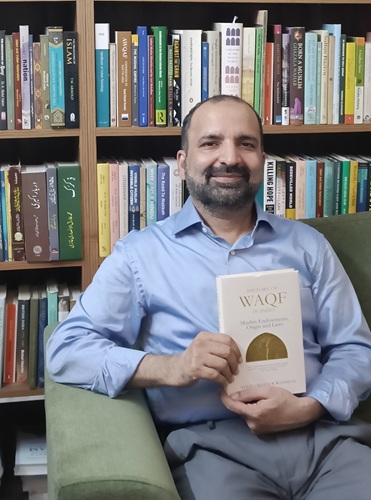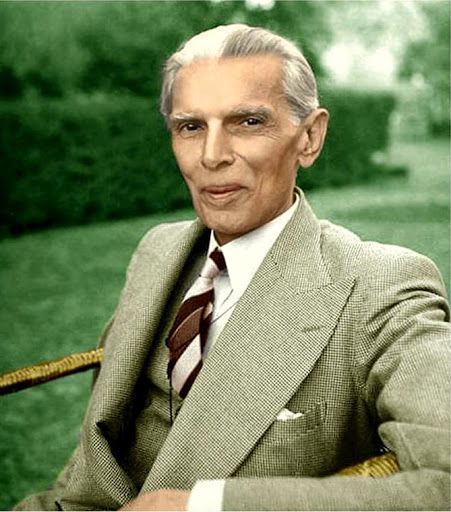Title: Hair (Object Lessons); Author: Scott Lowe; Publisher: Bloomsbury; Pages: 152; Price: Rs 250
For a filament of dead protein protruding out of our skin, hair’s significance far outstrips any other body part, including those that help us function physically and mentally and sustain our lives. For its presence, absence, or modifications may automatically reveal much information about us at first sight. What and how?
As author, academician Scott Lowe contends that “…At first thought, a book on hair might seem silly” until we realise hair is different and “it matters”. Take one example of our times. Males might face a blast of fury — or icy derision — if they make a flippant response when spouses or female friends/relatives complain they are having a “bad hair day”.
Men themselves will recall “hair trauma” as children when dragged to barbers for haircuts or given one at home by DIY parents — like the author’s father.
There is much more as the author tells us, in this installment of the “Object Lessons” series which trace the hidden lives of ordinary things from bread to shipping containers. Hair also “has an incredible power to annoy your antagonists, attract potential lovers, infuriate your neighbours, upset your parents, raise eyebrows at work, find compatible friends and allow you to create, or recreate, your identity”.
But at the same time, Lowe notes what is “most striking about hair symbolism is that while it is always potent and full of significance, any particular style or treatment will communicate a range of meanings — similar, radically variant, even directly opposing — in different cultures”.
It is thus difficult to arrive at any “consistent, unified theory of hair” when the styles of mode of presentation vary so widely among cultures, or even within one culture or society, he says.
But he perseveres as he sets out to acquaint us with the significance and symbolism of this “extraordinary indicator of economic and social standing, political orientation, religious affiliation, marital status and cultural leanings, amongst other things”.
And while, Lowe, Professor Emeritus of Philosophy and Religious Studies at the US’ University of Wisconsin — Eau Claire, notes that the general topic is huge and cannot be covered in a book this size and he has decided to focus to the “religious meanings” of hair; and that he does in a wide-ranging sweep across global religions, sprinkled with his own recollections and experiences.
Lowe, however, begins his account with the biology of hair, where he also takes up its perceived difference with fur, and given what the latter means in slang and the question of fetish, brings in Sigmund Freud — which should give you an idea of what might come up.
He then moves on to the more key areas of the practice and management of hair removal, covering, styling and colouring, fetishising and so on.
It is an informative, often hair-raising (excuse the pun) journey about how the great religions of today as well as those that have faded away, or cultures, modern and old, have dealt with hair, or lack or length or style of it, both as a unifying, defining symbol as well as differentiating one, or of conformity. But Lowe, who tempers his insights with wit, is always respectful and non-judgmental.
There are also a number of astounding facts.
We learn that, among the reasons for the schism between the Western and the Eastern (Orthodox) Church, a major one was the question of facial hair; how the closest in resemblance to Salafist Muslims are a unique modernity-abhorring Christian denomination in the US; which aspect of hair maintenance Islamic scholars debated about the longest; and why rabbis have ruled against hair exports from India. However, the account of how the Jains deal with hair is frankly stomach-churning.
Along with all this, there are the Rastafarians with their dreadlocks, the Chinese with their queues and others, as well as answers to why blondes are perceived to have all the fun and so on.
But above all, Lowe’s is a sobering account of how we can use something we have no control over naturally but can only manipulate to so many purposes.
(Vikas Datta can be contacted at vikas.d@ians.in)
—IANS






0 Comments